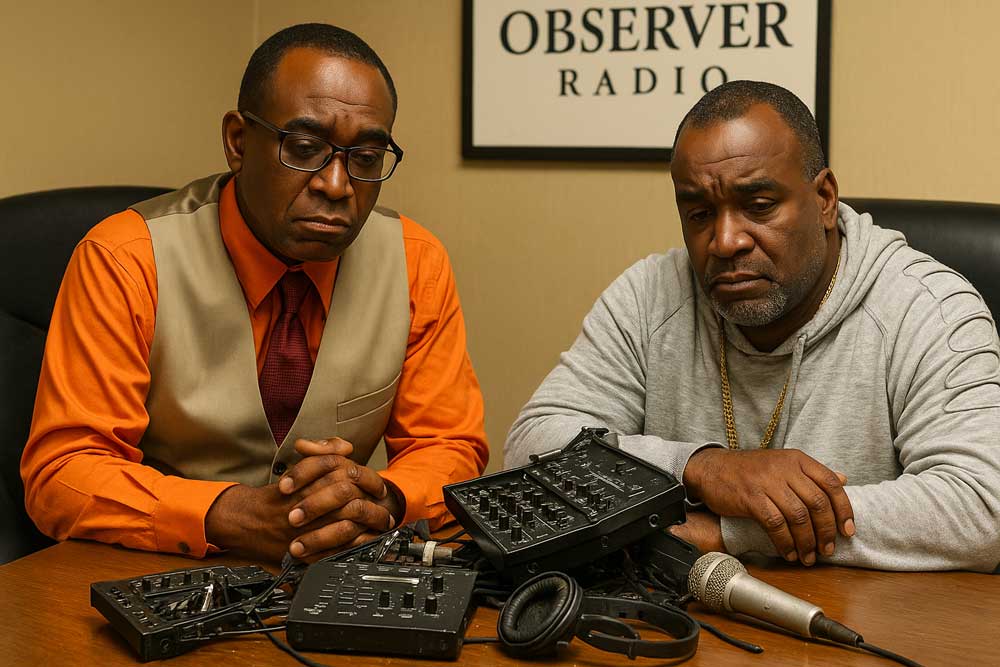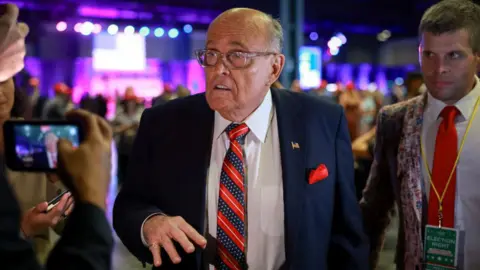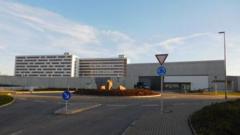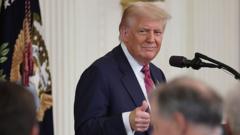Article Text:
In an unexpected turn of events, the conversation surrounding artificial turf, widely adopted across sports fields and playgrounds, faced a significant roadblock. A planned seminar featuring four prominent experts was abruptly halted after they were hit with a defamation lawsuit from Polyloom, a key player in the artificial grass manufacturing sector.
Originally intended to explore the health implications of synthetic grass, which has gained traction as a maintenance-free alternative to natural grass, the experts found themselves embroiled in legal disputes before a single word was spoken. Kyla Bennett, a former ecologist with the Environmental Protection Agency and one of the defendants, expressed frustration, stating, “This was before we even said a word.”
The lawsuit reflects a broader, contentious struggle within the artificial turf market, as scrutiny mounts over reported findings that link synthetic materials to potential health risks. Research indicates that artificial turf may contain harmful chemicals, triggering concerns about the environmental and health safety of the surfaces intended for play, particularly for children.
Despite its history as a staple in professional sports, artificial grass is gaining ubiquitous acceptance in city parks, schools, and even residential backyards, as homeowners seek alternatives to traditional lawns. In 2023 alone, statistics showed that between 1,200 and 1,500 artificial turf fields were established, pushing the total number of synthetic fields in the U.S. to approximately 19,000, according to AMI Plastics.
As demand surges, the discourse around the safety of these surfaces intensifies, highlighting a critical intersection of public health, industry interests, and community safety. With legal battles ongoing, the conversation about the true impact of synthetic grass is far from over.
In an unexpected turn of events, the conversation surrounding artificial turf, widely adopted across sports fields and playgrounds, faced a significant roadblock. A planned seminar featuring four prominent experts was abruptly halted after they were hit with a defamation lawsuit from Polyloom, a key player in the artificial grass manufacturing sector.
Originally intended to explore the health implications of synthetic grass, which has gained traction as a maintenance-free alternative to natural grass, the experts found themselves embroiled in legal disputes before a single word was spoken. Kyla Bennett, a former ecologist with the Environmental Protection Agency and one of the defendants, expressed frustration, stating, “This was before we even said a word.”
The lawsuit reflects a broader, contentious struggle within the artificial turf market, as scrutiny mounts over reported findings that link synthetic materials to potential health risks. Research indicates that artificial turf may contain harmful chemicals, triggering concerns about the environmental and health safety of the surfaces intended for play, particularly for children.
Despite its history as a staple in professional sports, artificial grass is gaining ubiquitous acceptance in city parks, schools, and even residential backyards, as homeowners seek alternatives to traditional lawns. In 2023 alone, statistics showed that between 1,200 and 1,500 artificial turf fields were established, pushing the total number of synthetic fields in the U.S. to approximately 19,000, according to AMI Plastics.
As demand surges, the discourse around the safety of these surfaces intensifies, highlighting a critical intersection of public health, industry interests, and community safety. With legal battles ongoing, the conversation about the true impact of synthetic grass is far from over.




















